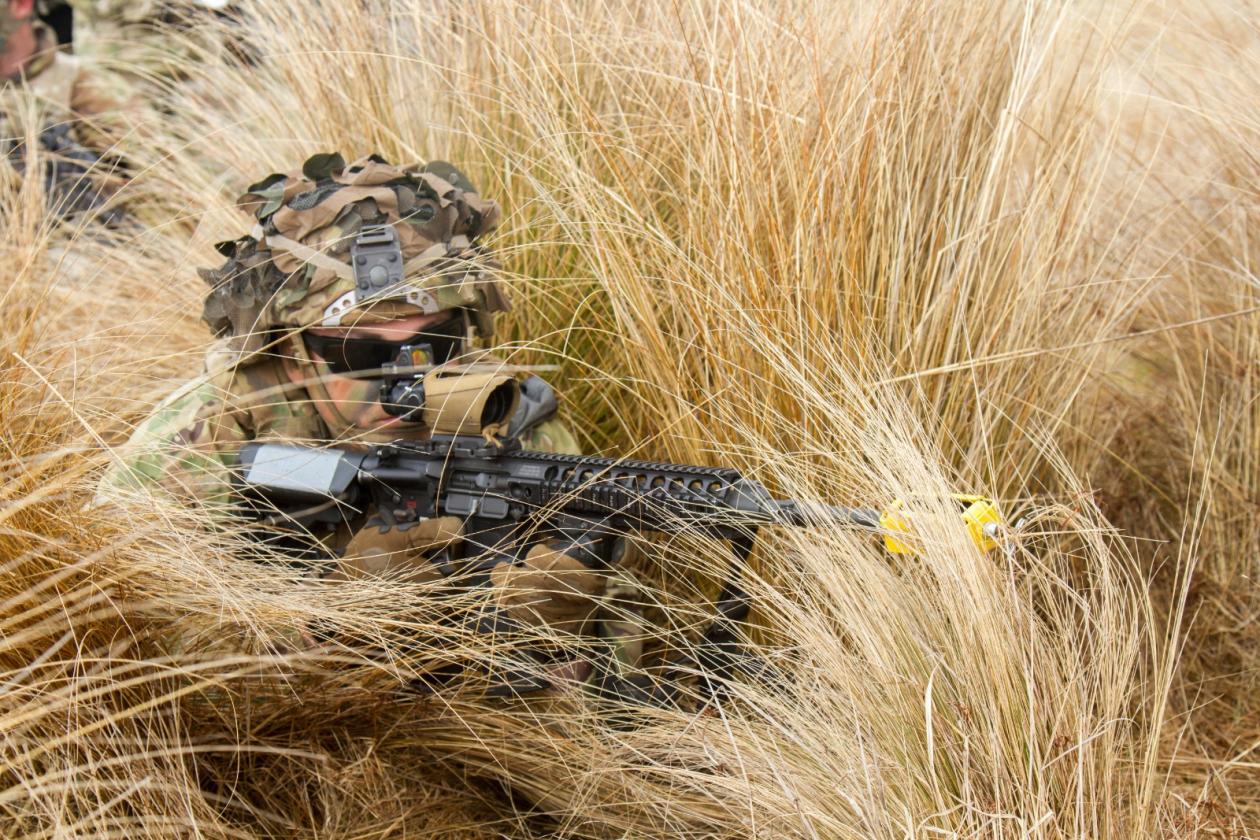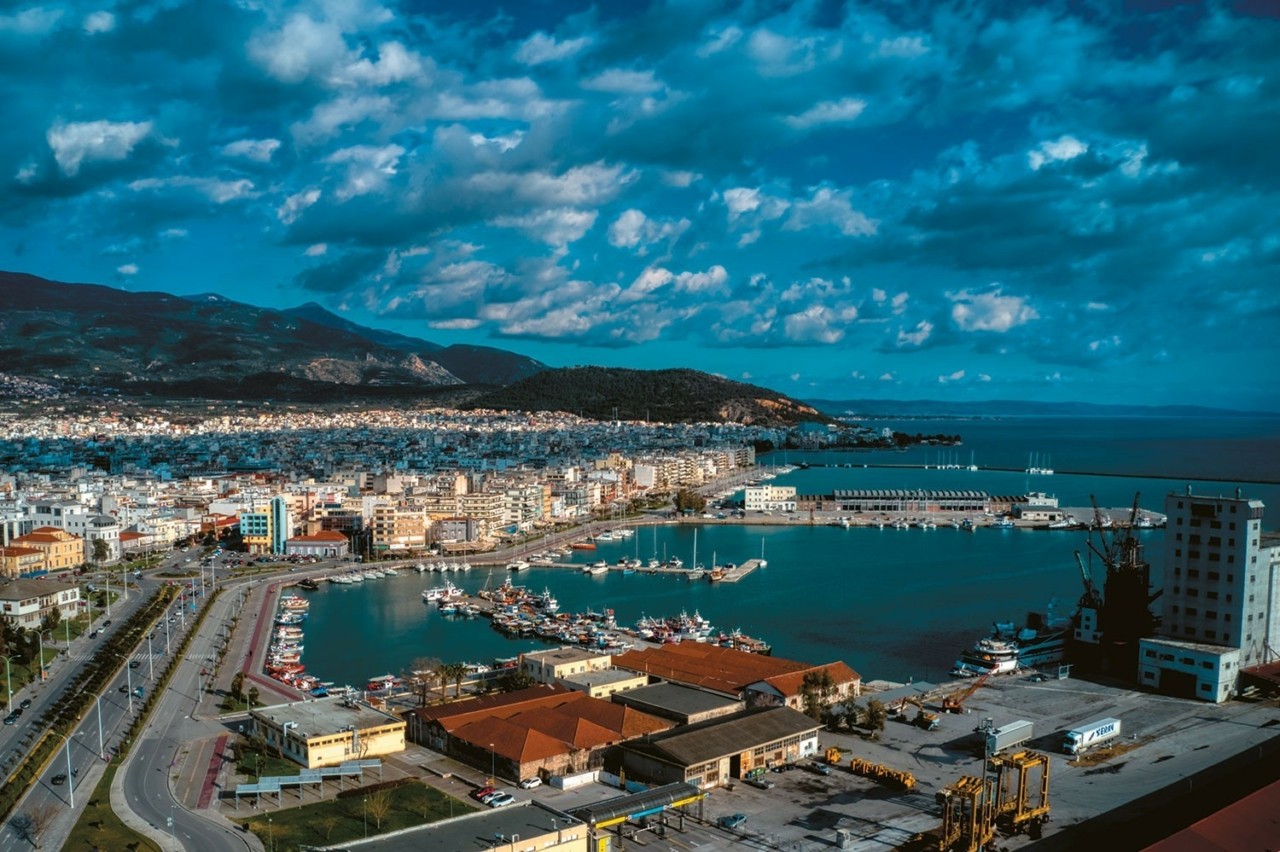Special operations forces have been at the forefront of U.S. combat operation in the last two decades. They are nearly at the forefront of risky combat missions—and suffer higher casualties as they are often deployed to remote locations and exposed to greater risks.
A companion article details the special operations units of the U.S. Army and the distinction between various tiers of special operations units.
In this second part we’ll dive into the special operations units of the U.S. Air Force, Marine Corps and Navy, and look at recent challenges facing the special operations community.
The Marine Raider Regiment
The Marine Corps historically resisted the creation of elite special operations units, instead designating some reconnaissance units as ‘Special Operations Capable’ with training for airborne and seaborne insertion.
Today, these include four Force Reconnaissance Companies, primarily assigned to support to Marine expeditionary forces, and three Divisional Reconnaissance Battalions which incorporate Deep Reconnaissance Platoon including specialized combat divers to perform beach and landing zone reconnaissance, and direct air and artillery strikes.
During World War II, however, the Marines briefly operated two unconventional Raider battalions involved in some spectacular island assaults, including an epic submarine-launched raid on a Japanese seaplane base. But the Marine brass disliked the concept and disbanded the units in 1944.
The Marines were finally compelled to form dedicated special forces battalions 2003 by Special Forces-loving Rumsfeld defense department. In 2015, Marine special forces battalions were then integrated into a new Raider Regiment based at Camp Lejeune, North Carolina.
The Raider Regiment counts three Raider battalions consisting of four companies. Each company has four fourteen-man teams called MSOTs. There’s also a Raider Support Group with three more battalions including specialist multi-purpose canine handlers, surveillance and forward observers.
Read more: National Interest
Ask me anything
Explore related questions





